Source: Andriana Syvanych | Dreamstime.com
When it comes to professional hair color, there is much to be learned about how long each type of color lasts. Semi- and demi-color each have different properties, and you need an understanding of how each works in terms of longevity. As a hairstylist, it’s important to know the difference between the lasting values of these different hair color types because it can help to best serve clients and make their hair dreams a reality. Additionally, some types of hair color work best on certain hair coloring techniques like ombre, balayage, highlights, root shading and other processes. Whether a client is seeking platinum blonde hair, a coverup for gray hair or something else, knowing what type of color to use will help you create the new shade they crave.
Semi-permanent and demi-permanent hair color are widely used, though they are often confused due to their almost identical names. The truth is that these two types of hair color work differently on the hair, making them ideal for different looks, hair colors and techniques all together. Read on for a breakdown on the differences between semi- and demi-permanent hair color.
The Difference Between Semi and Demi
Professional semi-permanent hair color is defined as a rather gentle type of hair color that does not require additional developer when deposited on the hair. It is ammonia-free and coats the hair in color rather than penetrating the hair shaft to change the hair color. Semi-permanent hair color is popular among stylists as a toning agent because it refreshes and adds balance to the hair. It can help to eliminate brassiness in most blonde shades to keep the hair looking healthy, bright and fresh. Semi-permanent hair color generally lasts between five and 10 shampoos before it starts to fade. Because of this, it doesn’t cause a harsh line of demarcation as the hair grows out. Instead, it fades away.
On the other hand, demi-permanent hair color works differently. Unlike semi-permanent color, demi-permanent hair color is known for being mixed together with developer. This allows the hair cuticle to open so the hair shaft can be penetrated and the actual color of the hair can be altered. Though the results are not as lasting or quite as bold as permanent hair color, demi-permanent hair color delivers toned, shiny color that is commonly used to darken the hair for more subtle looks. Demi-permanent hair color generally lasts between 15 to 25 shampoos before it starts to fade.
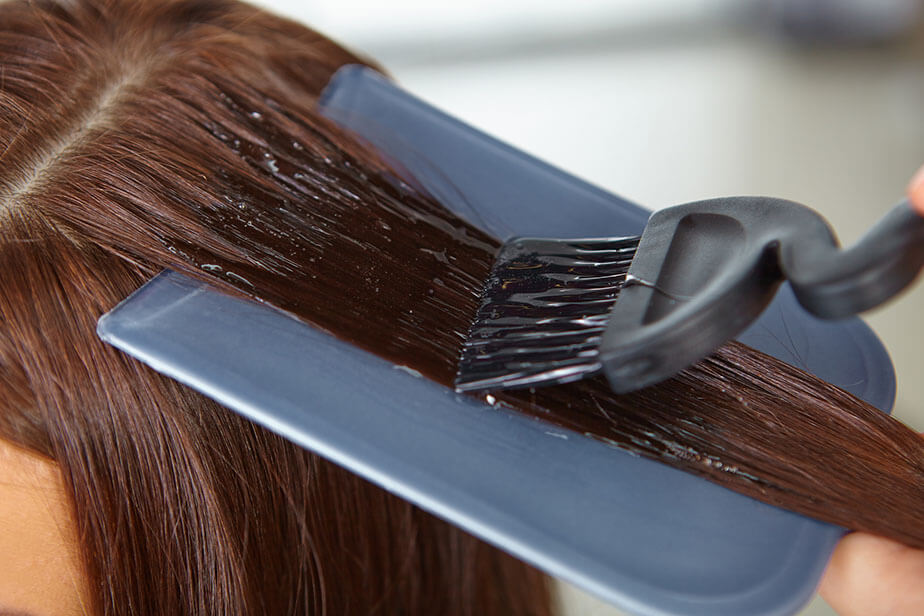
Source: Alexoakenman | Dreamstime.com
The Best Uses for Semi- and Demi-Permanent Hair Color
The great thing about knowing the difference between these types of hair color is being able to choose the right one to get the best results for any look. Semi-permanent color works great as a hair refresher, making it ideal for clients with dull or faded color. In cases where a client’s colored hair is close to their natural hair color, it works well for root touch-ups and addressing regrowth. It also helps to restore luster and shine to damaged hair and even blends grays and highlights into the hair. It even provides minor color correction when used as a toner to deposit pigment to cancel out brassy hues. However, the main drawback of demi-permanent color is that it’s not suitable for lightening.
Demi-permanent hair color is similar in some ways, namely for its toning, blending, refreshing and correcting abilities. Much like semi-permanent hair color, demi-permanent color works wonderfully as a way to add shine to damaged or faded color. Demi-permanent color can also make the hair darker or be used to create lowlights. It is a better option for clients seeking a total color change, but keep in mind that permanent hair color lasts longer.
Though they are both different, semi-permanent and demi-permanent hair color are both a less intense version of permanent hair color, a truly lasting type of hair color that completely penetrates the hair cuticle to the cortex, changes the color of hair and then reseals the cuticle. Semi- and demi-permanent colors are ideal for subtle, blended looks as well as first-time color clients.
A Note About Covering Grays
As a professional colorist, choosing the right hair color for clients with grays requires a nuanced understanding of the available options. While permanent color remains the workhorse for complete gray coverage, demi-permanent color is also a valuable tool in your arsenal.
Permanent color reigns supreme in terms of opacity. By lifting the hair cuticle and depositing pigment deep within the cortex, it effectively conceals even the most stubborn grays. This approach is ideal for clients seeking full coverage or a dramatic color change. Depending on the client’s base color, you may be able to use a low-volume developer to minimize damage.
Demi-permanent colors bring a gentler touch to the table. They deposit color onto the hair shaft without significantly altering the natural cuticle structure. This translates to a more subtle result, making demi-permanents well-suited for clients with lower percentages of gray (less than 50 percent) or those with finer hair with greater porosity. The finer strands allow for better pigment penetration, while porous hair’s lifted cuticle provides a natural grabbing point for the color molecules.
The key to successful gray coverage with demi-permanents lies in understanding client hair characteristics. On coarse or non-porous hair, demi-permanent color might not fully camouflage all grays. Here’s where your expertise comes in. A thorough consultation to assess hair porosity and the extent of graying is crucial. This will help you determine if a demi-permanent approach can achieve the desired results or if a permanent color with a lower developer volume is a better option for optimally covering grays while minimizing damage.
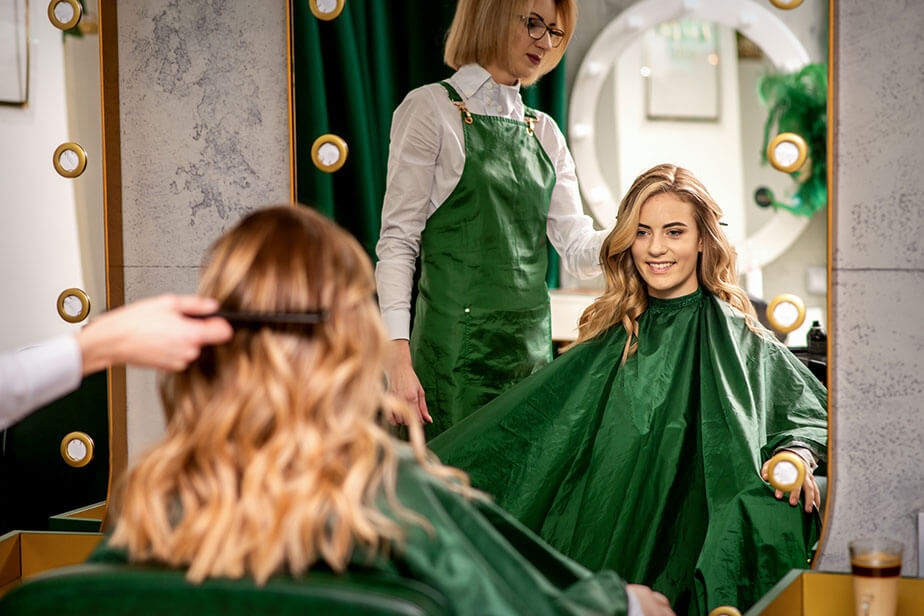
Source: Oksana Kukuruza | Dreamstime.com
Navigating the Spectrum of Hair Color Options
Demi-permanent and semi-permanent colors offer a versatile toolbox for stylists seeking to enhance their clients’ hair with minimal commitment or damage. Whether refreshing natural tones, adding vibrant pops of color or subtly blending grays, these options provide a spectrum of creative possibilities. Remember — maintaining healthy hair is paramount throughout the coloring process. Recommend color-safe conditioners to all your clients to help retain moisture, prevent color fading and keep their locks looking their absolute best.






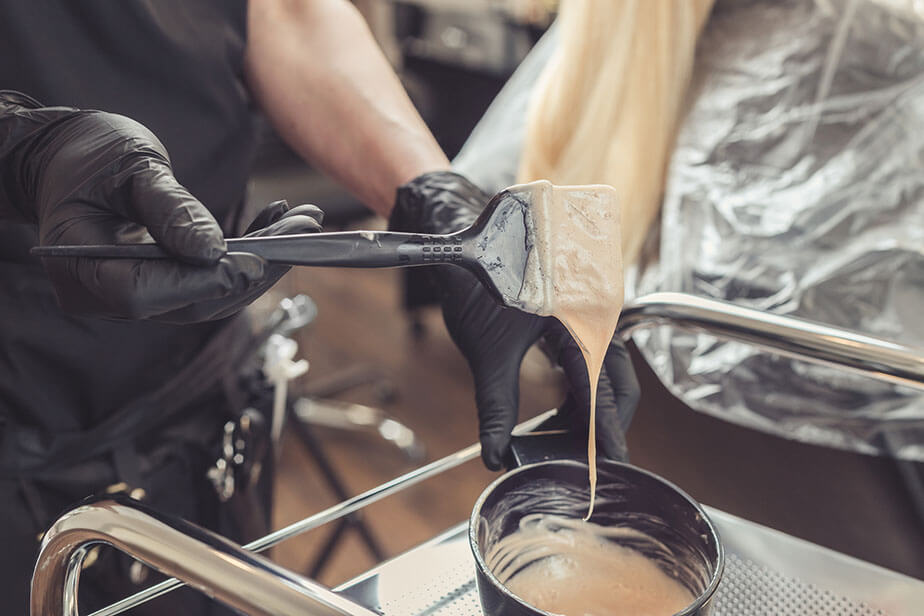




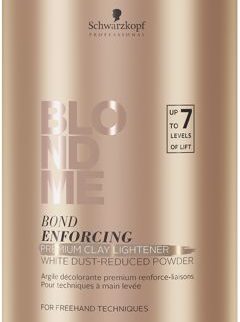
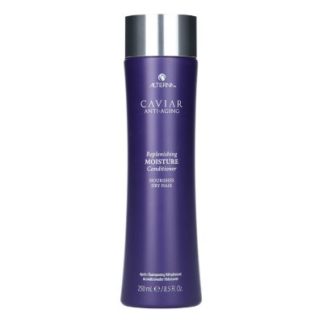

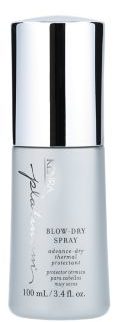
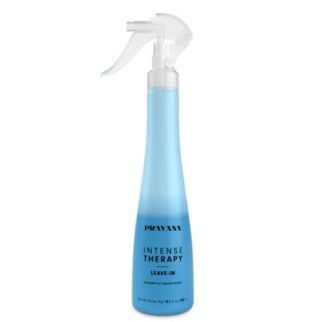
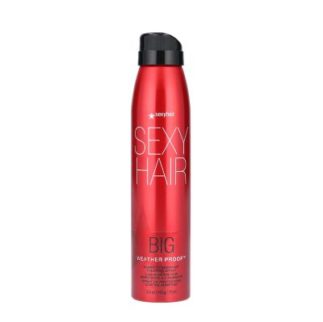
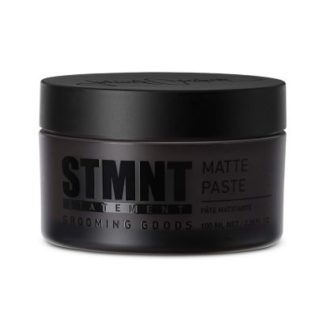

Share Your Feedback